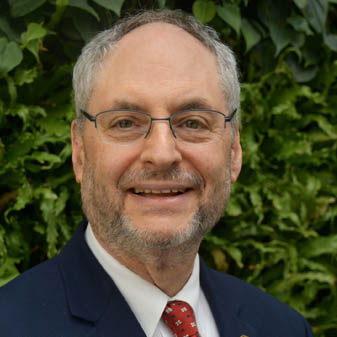
Food Additives, Cancer, and the FDA
Colleagues:
On January 15, 2025, a long controversial red food dye called FD&C Red No. 3 was finally banned by the FDA. The coloring, which is used in thousands of products, is a synthetic compound called erythrosine. The ban is in response to a petition, submitted in 2022, that highlighted two studies that linked the red dye to cancer in rats. Even though the FDA maintains that Red 3 has not been scientifically proven to put people at risk, I do believe this is the right move, and well overdue.
Also in the news this week, women under the age of 65 are more likely than men to be diagnosed with cancer, according to new data from the American Cancer Society. The risk is particularly stark for women 49 and younger, of whom at least 1 in 17 are facing an invasive cancer diagnosis sometime between birth and their 50th birthday.
As a Gastroenterologist, I have always been bothered by the mantra that colon cancer, and many other cancers, have a genetic cause. When MSSNY was formed in 1807, colon cancer was almost unheard of. In the last 50 years, the incidence has grown dramatically, yet our gene pool has not changed. Although genetics may play a permissive role, similar to how some populations are more susceptible to TB, nevertheless there must be some other precipitating agent or agents that initiate the cellular sequence that leads to cancer.
It is my personal belief that artificial food colorings and additives, which were not present in our diets in 1807, are sitting in the colon and elsewhere in our bodies and causing havoc.
In summary, I welcome the move by the Biden administration to ban Red Dye #3. I look forward to the FDA under the Trump administration taking a closer look at the rest of the other ingredients that we are putting in our processed foods.
All the best,
Jerome C. Cohen, MD
MSSNY President



